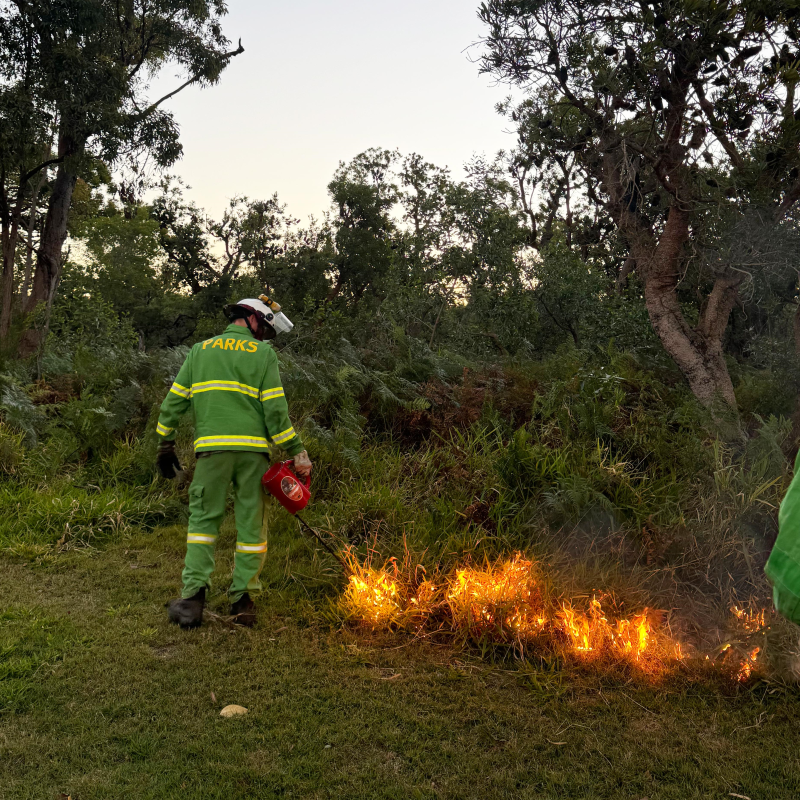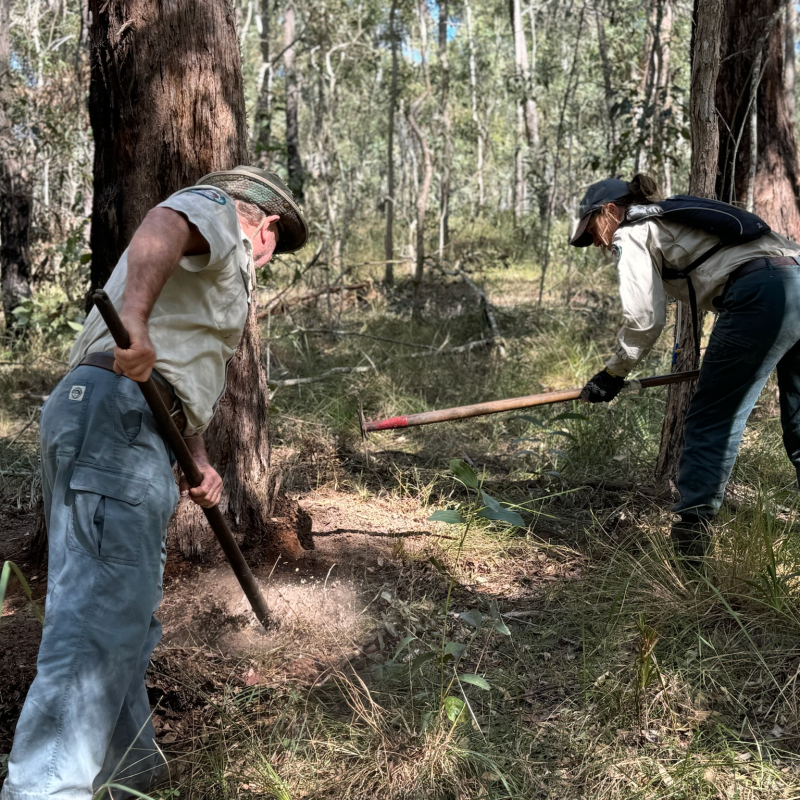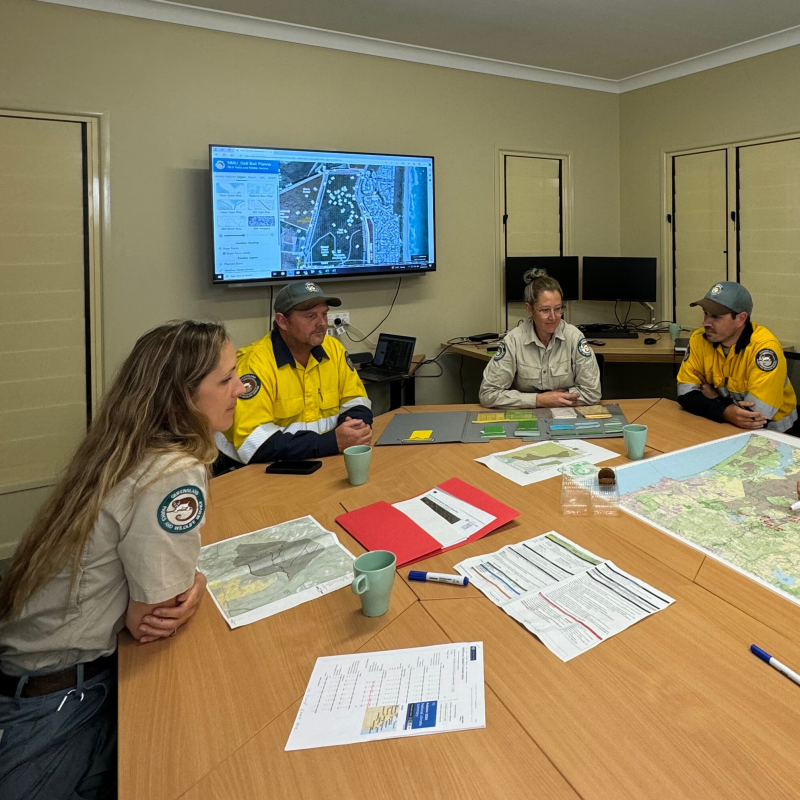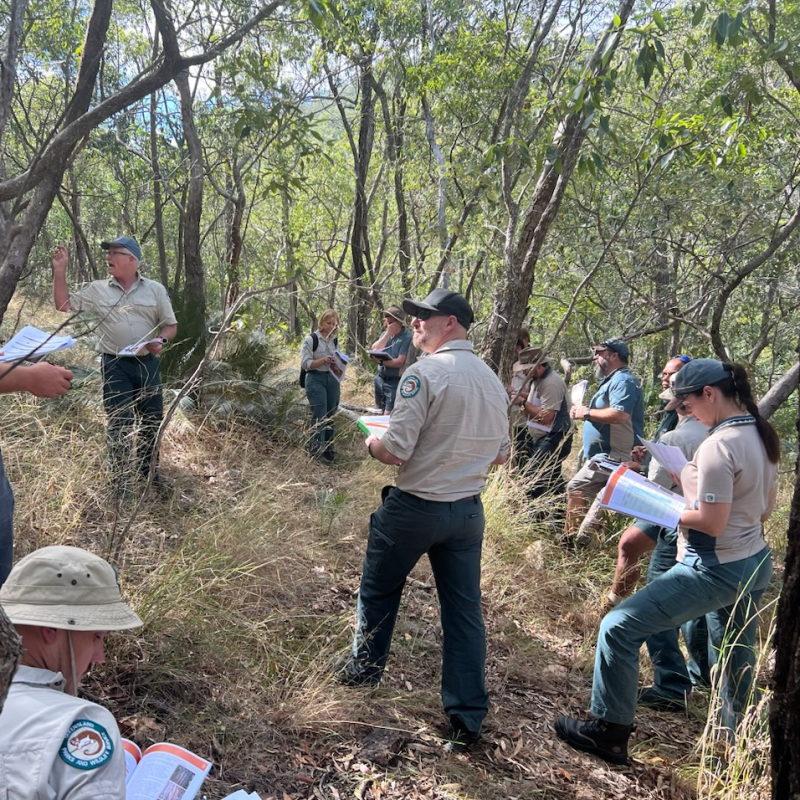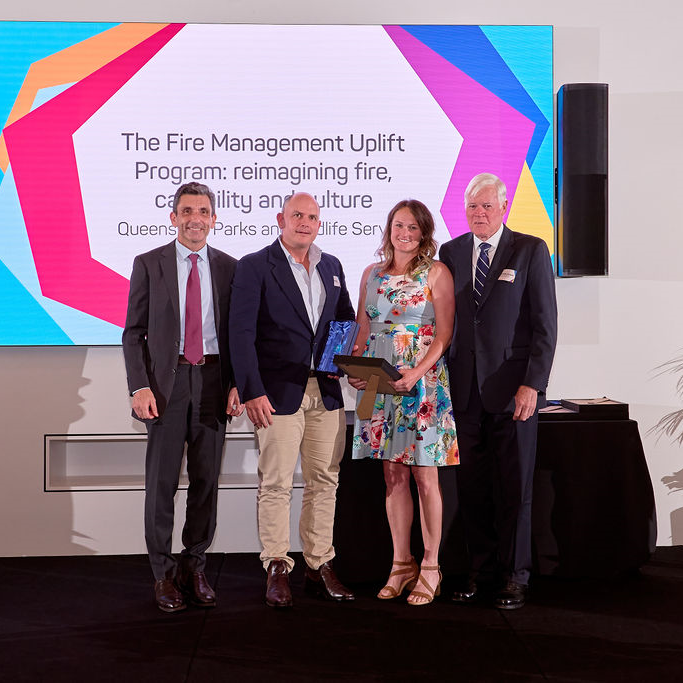Cutting-edge fire management practices strengthen bushfire resilience
Queensland’s 13-million hectare public protected area and forest estate is among the state’s most valued environmental and cultural treasures.
Natural heritage jewels include Lamington National Park in the Gold Coast Hinterland, Girraween National Park on the New South Wales border, Carnarvon Gorge in the central west, and Cape York’s world-famous Daintree National Park.
While stunning, these areas are sadly becoming increasingly vulnerable to bushfires that are growing in intensity and complexity.
During the devastating 2019 Black Summer bushfires, close to 750,000 hectares of national park and state forests were scorched by 173 separate bushfires.
With risks rising, Queensland Parks and Wildlife Service (QPWS) recognised the urgent need for innovative strategies to safeguard these lands and their surrounding communities.
Launched under the Better Queensland Parks initiative, the Fire Management Uplift Program reimagined how fire is managed by integrating traditional knowledge, community collaboration, and modern practices.
It’s a $39.2 million commitment to protecting not only biodiversity but also the lives and properties of Queenslanders.
Key to the program’s implementation is strong partnerships with First Nations peoples.
More than 2.5 million hectares of protected areas are now under formal joint management arrangements, with cultural fire practices embedded in all phases of planning and delivery.
This collaboration ensures traditional knowledge is harnessed to complement modern techniques, creating a more balanced and effective approach to fire management.
Additionally, QPWS has introduced dedicated fire teams across each of its six regional boundaries, supported by a state fire services team to coordinate and lead efforts to reduce bushfire risks while enhancing the health of native ecosystems.
This strategy ensures every corner of Queensland benefits from tailored fire management solutions while maintaining statewide consistency in leadership and oversight.
In 2024-25, QPWS conducted 637 planned burns covering 968,884 hectares, exceeding the target of 637,210 hectares by 52 per cent.
Planned burns are strategically applied to reduce fuel loads and prevent severe bushfires while simultaneously improving habitat quality for native species.
By building capacity, incorporating diverse knowledge systems, and engaging directly with communities, the Fire Management Uplift Program has come to exemplify resilience, strength and innovation.
In early 2025, the program withstood real-world testing against relentless extreme weather and record temperatures, with communities and bushland in high-risk regions including Scenic Rim and Southern Downs successfully safeguarded.
The value of this forward-thinking initiative was acknowledged during the 2025 Queensland Resilient Australia Awards, with QPWS' Fire Management Uplift Program taking out the Government category.
A full list of Queensland Resilient Australia Award winners can be found on the Get Ready Queensland website.
